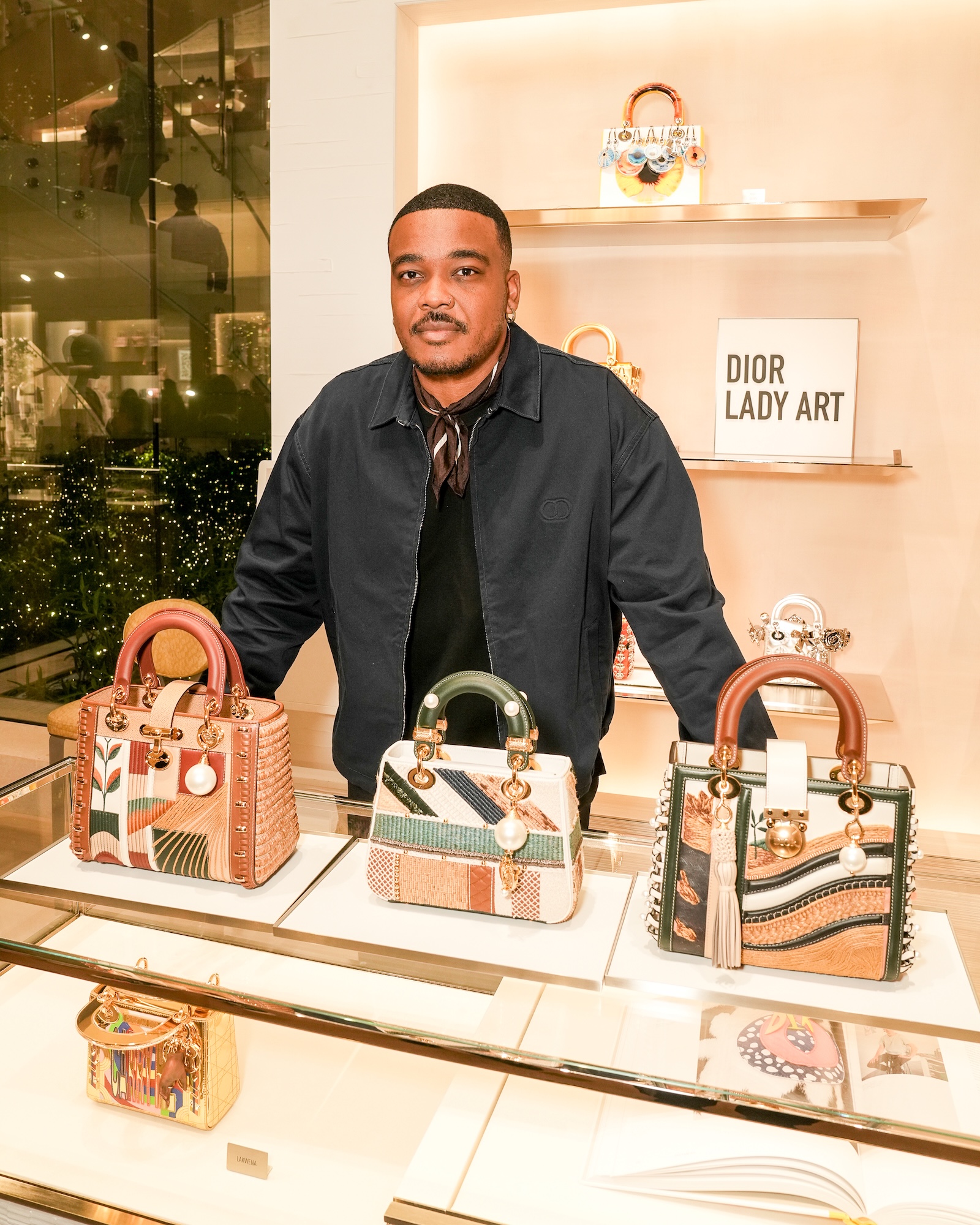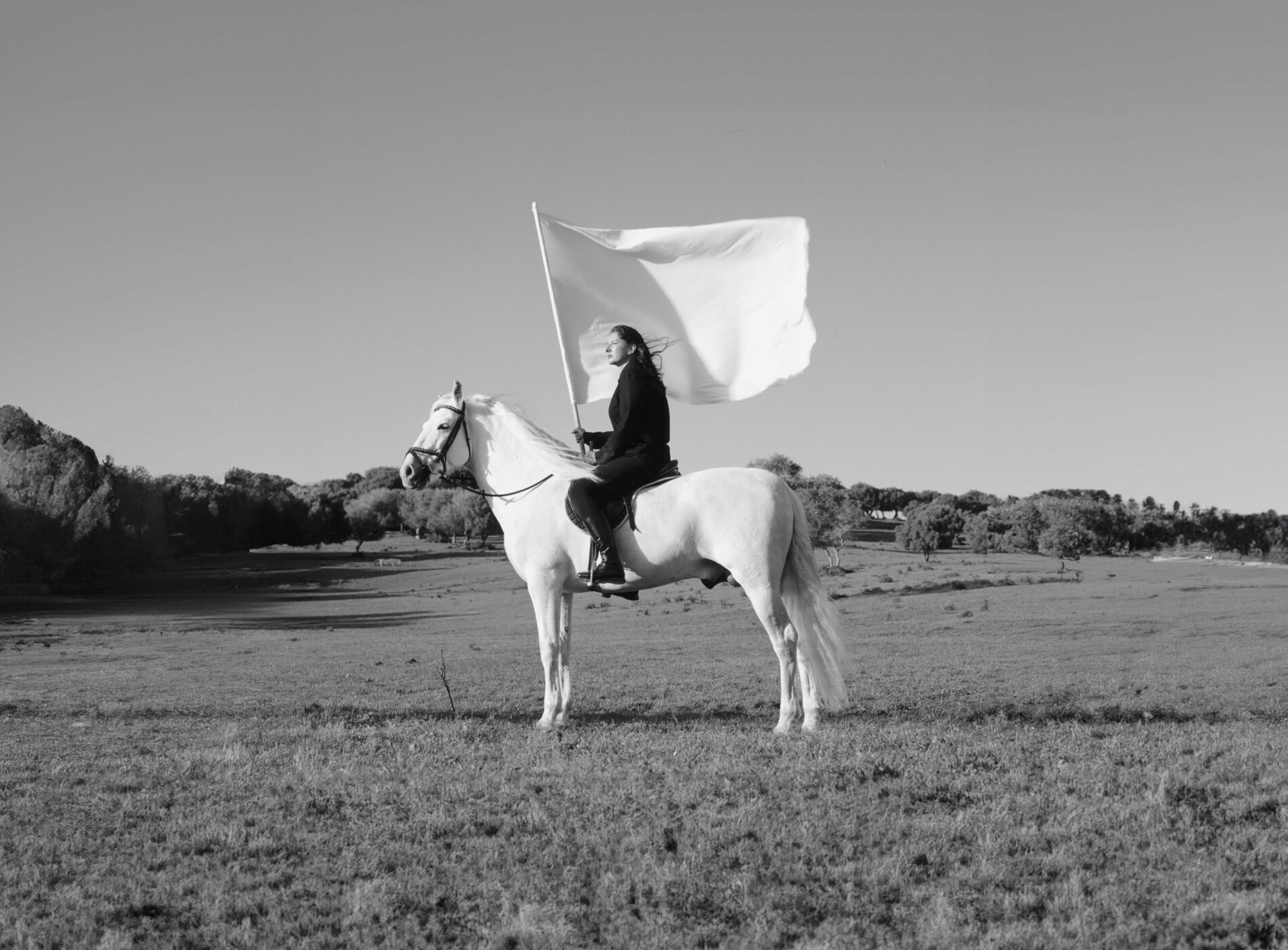

"Host," 2012. Mixed media with pigeon tail feathers 36 x 61 x 15 cm.
Kate MccGwire creates eerie work, often constructed from the ephemera of birds – sculptures crafted with feathers, drawings etched with the dust of cremated birds. She opts for the feathers of common pigeons, usually considered pests associated with dirt and disease, and in doing so creates work that simultaneously seduces with its beauty, and repulses with the connotations of its materials.
Here, we explore fabrication, seduction, textures and magpies with the artist, as well as what's coming down the pike.
_For your larger pieces, you’d designed the piece but had it manufactured. How was that process compared to physically making your work with your own hands?_
It differs very little, as all the shaping, feathering and finishing is still done in the studio. External fabrication is only used to create the central forms, which are a scaled up version of a maquette I would have made myself. In every other situation I carve the central forms by hand, but a large-scale work such as _Gyre_ is too physically demanding for me to tackle on my own. Also for a larger work there are structural additions such as steel rods, which I am not able to safely apply without help.


"Cleave" (2012). Mixed media with dove/pigeon feathers in antique cabinet. 62 x 46 x 162 cm.
_How does it affect the relationship you have with your work?_
I don’t think it changes the relationship, as by the time a piece is finished I feel like I have had a hand in every inch of its creation. I know its textures and form, shape and surfaces. The fact that the central form was created elsewhere has no bearing on the feel of the final piece.
_How far can an artist who has work made from them really attribute a piece to them if they are removed from the fabrication process?_
While I think that an artist should never be totally removed from the fabrication of their work, I also understand that the studio set up is an essential part of an artist’s practice. Take my work for instance, it is incredibly labour intensive, if I did not have the help of assistants then I would just not be able to make enough work. I have a small team who work by my side, trimming feathers for me to apply to the piece and securing each feather after I have attached it. This enables me to work much faster. While my method of working couldn’t be further removed from an Andy Warhol-esque factory, it still relies on cooperation and guidance to create something that is more than the sum of its parts.
_You say you like to seduce, annoy and irritate in equal measure. Does this have a lot to do with the materials you choose – using pigeon feathers, which are often considered dirty and disease carrying?_
I wouldn’t say irritate but certainly, unnerve and seduce in equal measure. The materials have a huge part to play in this as their engrained cultural nuances ensure the work has both an initial visceral feeling and a further cerebral consideration. The pigeon/dove dichotomy is a perfect example of the power of materials; while one has connotations of purity and light the other infers darkness and disease. Within the same sculpture this can create a different impact and resonance.


"Cleave," (2012). Mixed media with dove/pigeon feathers in antique cabinet. 62 x 46 x 162 cm.
_Do you think the reality of nature – seeing a family of ducks slowly dwindle as nature took its course and one by one the ducklings died or were eaten is something city folk have become detached from?_
Absolutely, and I think therein lies the fascination with natural materials. For many urban dwellers, nature has become a curio, something of the “other”, a sensation that is echoed in my work.
_Being a mother, do you feel more of a part of this process of life that you reference when talking about your work?_
Yes, I think so. Birth and death are perhaps more at the forefront of your mind after having children; life seems more precious and yet at the same time increasingly out of your control. You are at once aware of the beauty of life and its darker undercurrents. I toyed with these notions with one of the first works I made at art school, which was the image of a Christening gown where the decorative lace was made from obstetrical instruments, such as forceps, clamps and decapitating hooks. Looking at the cute imagery of childhood paraphernalia against the more brutal, but essential, instruments of childbirth really makes you sense the reality of life.
* * *
Written by Laura Havlin
Photos by Tessa Angus courtesy of All Visual Arts
 
"Host," 2012. Mixed media with pigeon tail feathers 36 x 61 x 15 cm.
Kate MccGwire creates eerie work, often constructed from the ephemera of birds – sculptures crafted with feathers, drawings etched with the dust of cremated birds. She opts for the feathers of common pigeons, usually considered pests associated with dirt and disease, and in doing so creates work that simultaneously seduces with its beauty, and repulses with the connotations of its materials.
Here, we explore fabrication, seduction, textures and magpies with the artist, as well as what's coming down the pike.
_For your larger pieces, you’d designed the piece but had it manufactured. How was that process compared to physically making your work with your own hands?_
It differs very little, as all the shaping, feathering and finishing is still done in the studio. External fabrication is only used to create the central forms, which are a scaled up version of a maquette I would have made myself. In every other situation I carve the central forms by hand, but a large-scale work such as _Gyre_ is too physically demanding for me to tackle on my own. Also for a larger work there are structural additions such as steel rods, which I am not able to safely apply without help.

"Host," 2012. Mixed media with pigeon tail feathers 36 x 61 x 15 cm.
Kate MccGwire creates eerie work, often constructed from the ephemera of birds – sculptures crafted with feathers, drawings etched with the dust of cremated birds. She opts for the feathers of common pigeons, usually considered pests associated with dirt and disease, and in doing so creates work that simultaneously seduces with its beauty, and repulses with the connotations of its materials.
Here, we explore fabrication, seduction, textures and magpies with the artist, as well as what's coming down the pike.
_For your larger pieces, you’d designed the piece but had it manufactured. How was that process compared to physically making your work with your own hands?_
It differs very little, as all the shaping, feathering and finishing is still done in the studio. External fabrication is only used to create the central forms, which are a scaled up version of a maquette I would have made myself. In every other situation I carve the central forms by hand, but a large-scale work such as _Gyre_ is too physically demanding for me to tackle on my own. Also for a larger work there are structural additions such as steel rods, which I am not able to safely apply without help.
 
"Cleave" (2012). Mixed media with dove/pigeon feathers in antique cabinet. 62 x 46 x 162 cm.
_How does it affect the relationship you have with your work?_
I don’t think it changes the relationship, as by the time a piece is finished I feel like I have had a hand in every inch of its creation. I know its textures and form, shape and surfaces. The fact that the central form was created elsewhere has no bearing on the feel of the final piece.
_How far can an artist who has work made from them really attribute a piece to them if they are removed from the fabrication process?_
While I think that an artist should never be totally removed from the fabrication of their work, I also understand that the studio set up is an essential part of an artist’s practice. Take my work for instance, it is incredibly labour intensive, if I did not have the help of assistants then I would just not be able to make enough work. I have a small team who work by my side, trimming feathers for me to apply to the piece and securing each feather after I have attached it. This enables me to work much faster. While my method of working couldn’t be further removed from an Andy Warhol-esque factory, it still relies on cooperation and guidance to create something that is more than the sum of its parts.
_You say you like to seduce, annoy and irritate in equal measure. Does this have a lot to do with the materials you choose – using pigeon feathers, which are often considered dirty and disease carrying?_
I wouldn’t say irritate but certainly, unnerve and seduce in equal measure. The materials have a huge part to play in this as their engrained cultural nuances ensure the work has both an initial visceral feeling and a further cerebral consideration. The pigeon/dove dichotomy is a perfect example of the power of materials; while one has connotations of purity and light the other infers darkness and disease. Within the same sculpture this can create a different impact and resonance.

"Cleave" (2012). Mixed media with dove/pigeon feathers in antique cabinet. 62 x 46 x 162 cm.
_How does it affect the relationship you have with your work?_
I don’t think it changes the relationship, as by the time a piece is finished I feel like I have had a hand in every inch of its creation. I know its textures and form, shape and surfaces. The fact that the central form was created elsewhere has no bearing on the feel of the final piece.
_How far can an artist who has work made from them really attribute a piece to them if they are removed from the fabrication process?_
While I think that an artist should never be totally removed from the fabrication of their work, I also understand that the studio set up is an essential part of an artist’s practice. Take my work for instance, it is incredibly labour intensive, if I did not have the help of assistants then I would just not be able to make enough work. I have a small team who work by my side, trimming feathers for me to apply to the piece and securing each feather after I have attached it. This enables me to work much faster. While my method of working couldn’t be further removed from an Andy Warhol-esque factory, it still relies on cooperation and guidance to create something that is more than the sum of its parts.
_You say you like to seduce, annoy and irritate in equal measure. Does this have a lot to do with the materials you choose – using pigeon feathers, which are often considered dirty and disease carrying?_
I wouldn’t say irritate but certainly, unnerve and seduce in equal measure. The materials have a huge part to play in this as their engrained cultural nuances ensure the work has both an initial visceral feeling and a further cerebral consideration. The pigeon/dove dichotomy is a perfect example of the power of materials; while one has connotations of purity and light the other infers darkness and disease. Within the same sculpture this can create a different impact and resonance.
 
"Cleave," (2012). Mixed media with dove/pigeon feathers in antique cabinet. 62 x 46 x 162 cm.
_Do you think the reality of nature – seeing a family of ducks slowly dwindle as nature took its course and one by one the ducklings died or were eaten is something city folk have become detached from?_
Absolutely, and I think therein lies the fascination with natural materials. For many urban dwellers, nature has become a curio, something of the “other”, a sensation that is echoed in my work.
_Being a mother, do you feel more of a part of this process of life that you reference when talking about your work?_
Yes, I think so. Birth and death are perhaps more at the forefront of your mind after having children; life seems more precious and yet at the same time increasingly out of your control. You are at once aware of the beauty of life and its darker undercurrents. I toyed with these notions with one of the first works I made at art school, which was the image of a Christening gown where the decorative lace was made from obstetrical instruments, such as forceps, clamps and decapitating hooks. Looking at the cute imagery of childhood paraphernalia against the more brutal, but essential, instruments of childbirth really makes you sense the reality of life.
* * *
Written by Laura Havlin
Photos by Tessa Angus courtesy of All Visual Arts

"Cleave," (2012). Mixed media with dove/pigeon feathers in antique cabinet. 62 x 46 x 162 cm.
_Do you think the reality of nature – seeing a family of ducks slowly dwindle as nature took its course and one by one the ducklings died or were eaten is something city folk have become detached from?_
Absolutely, and I think therein lies the fascination with natural materials. For many urban dwellers, nature has become a curio, something of the “other”, a sensation that is echoed in my work.
_Being a mother, do you feel more of a part of this process of life that you reference when talking about your work?_
Yes, I think so. Birth and death are perhaps more at the forefront of your mind after having children; life seems more precious and yet at the same time increasingly out of your control. You are at once aware of the beauty of life and its darker undercurrents. I toyed with these notions with one of the first works I made at art school, which was the image of a Christening gown where the decorative lace was made from obstetrical instruments, such as forceps, clamps and decapitating hooks. Looking at the cute imagery of childhood paraphernalia against the more brutal, but essential, instruments of childbirth really makes you sense the reality of life.
* * *
Written by Laura Havlin
Photos by Tessa Angus courtesy of All Visual Arts

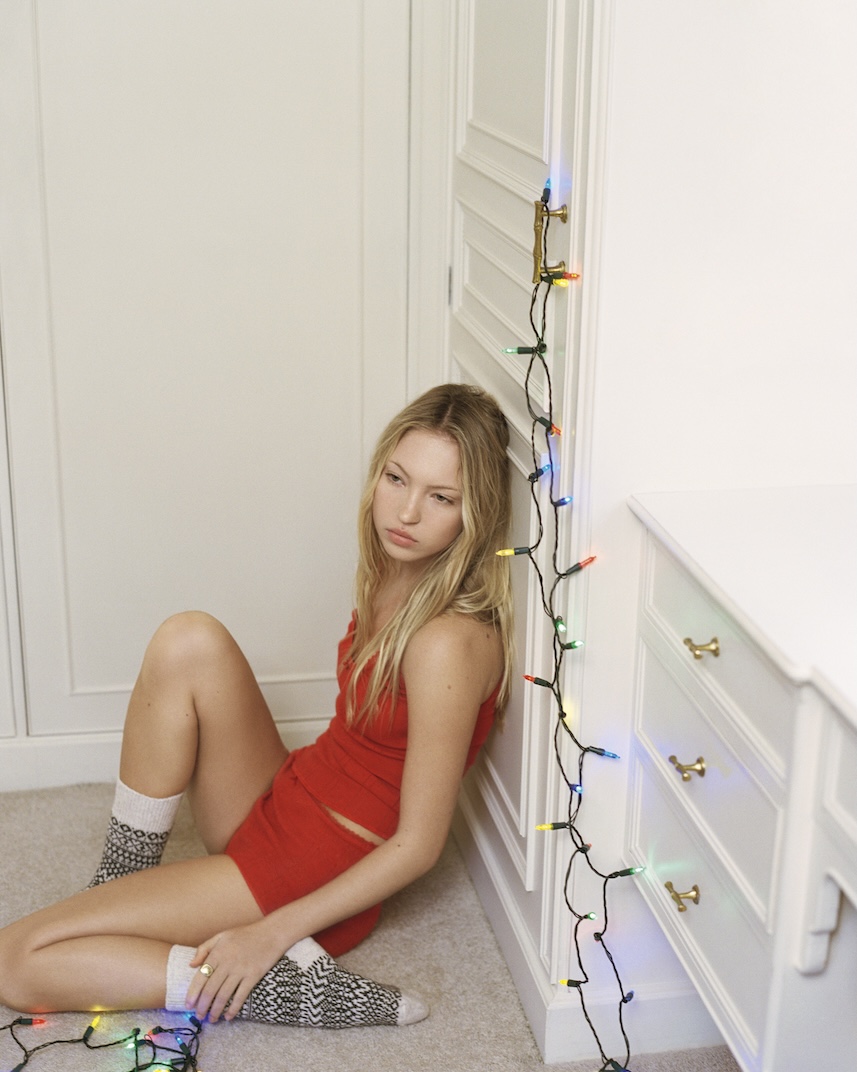
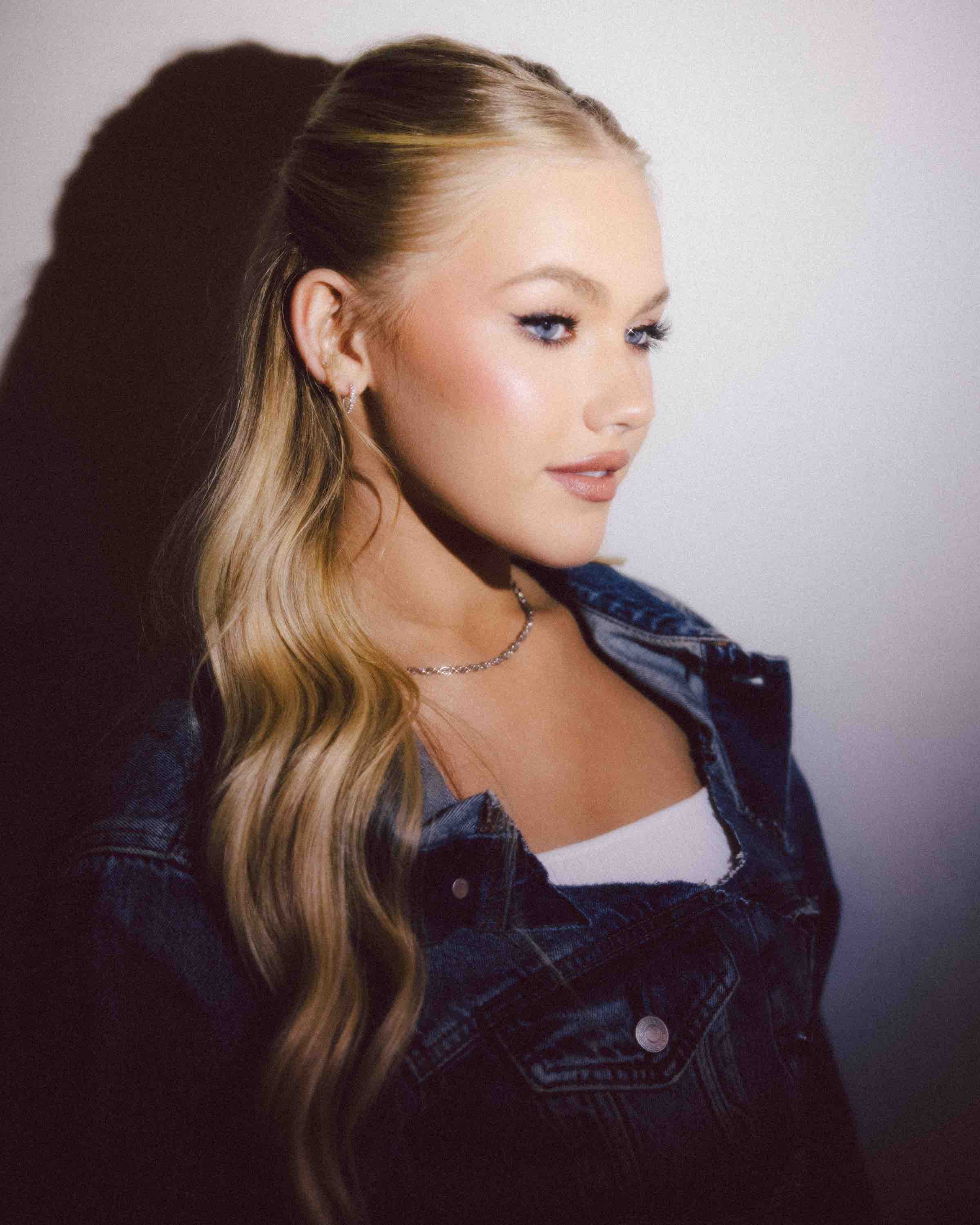
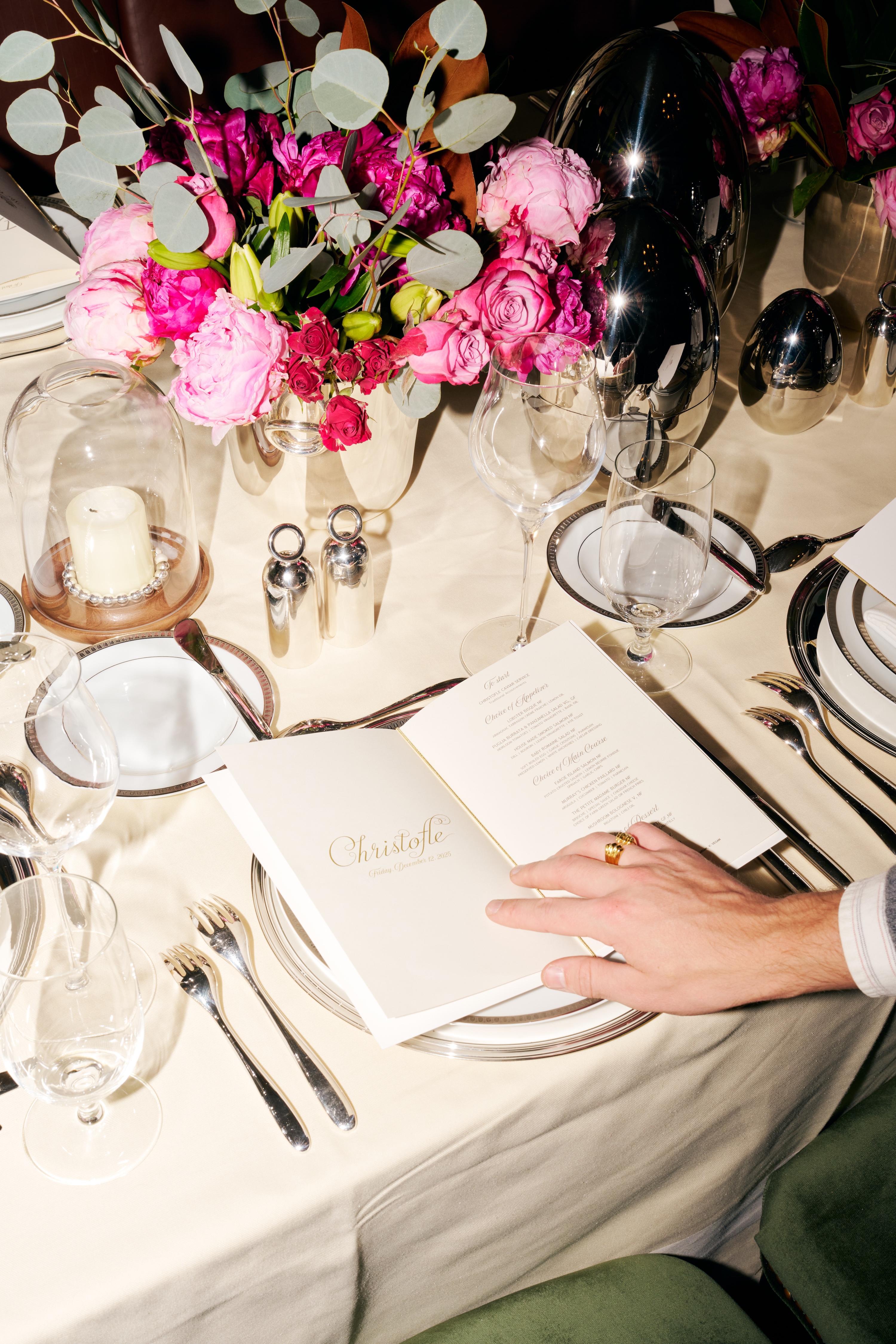

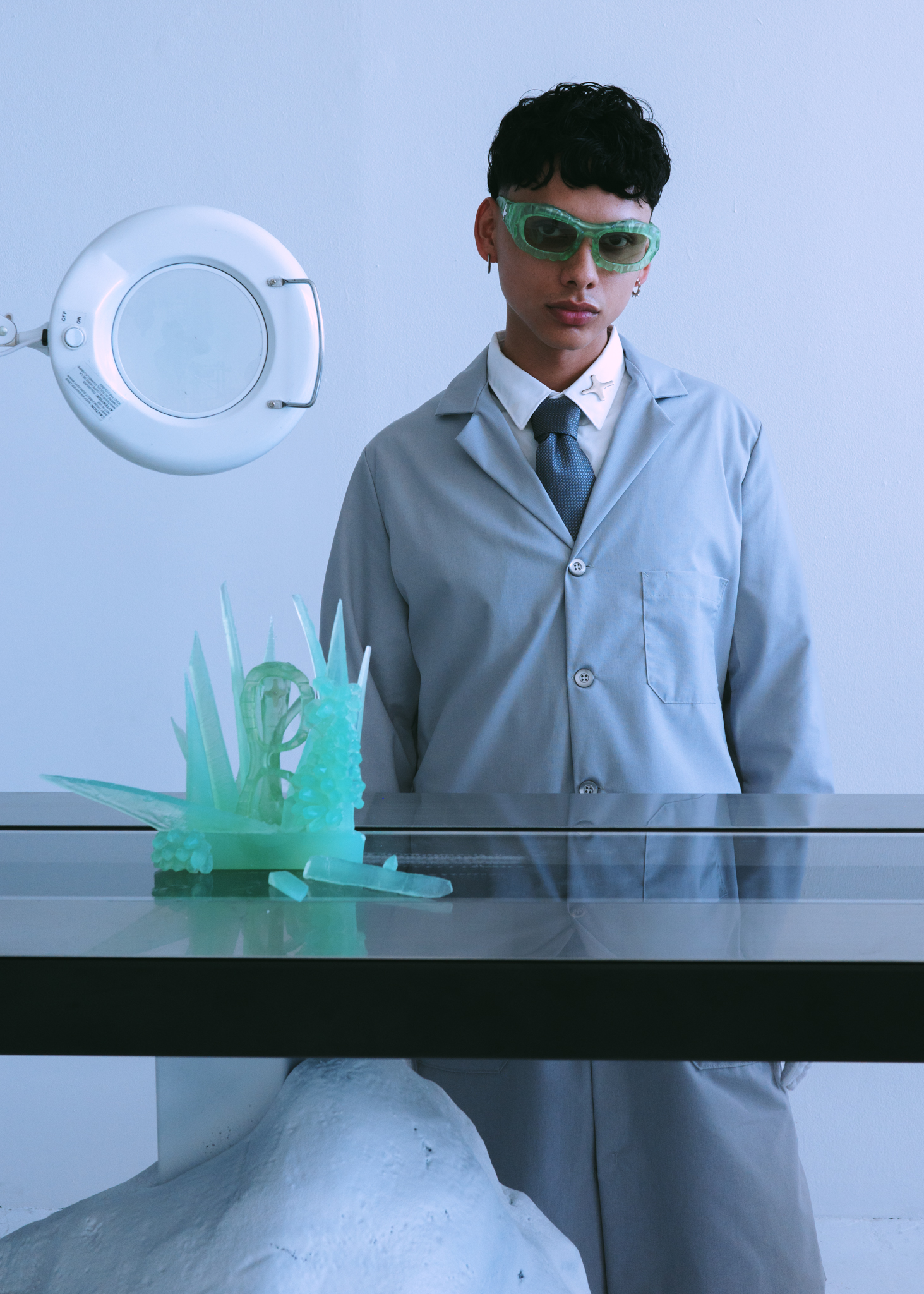
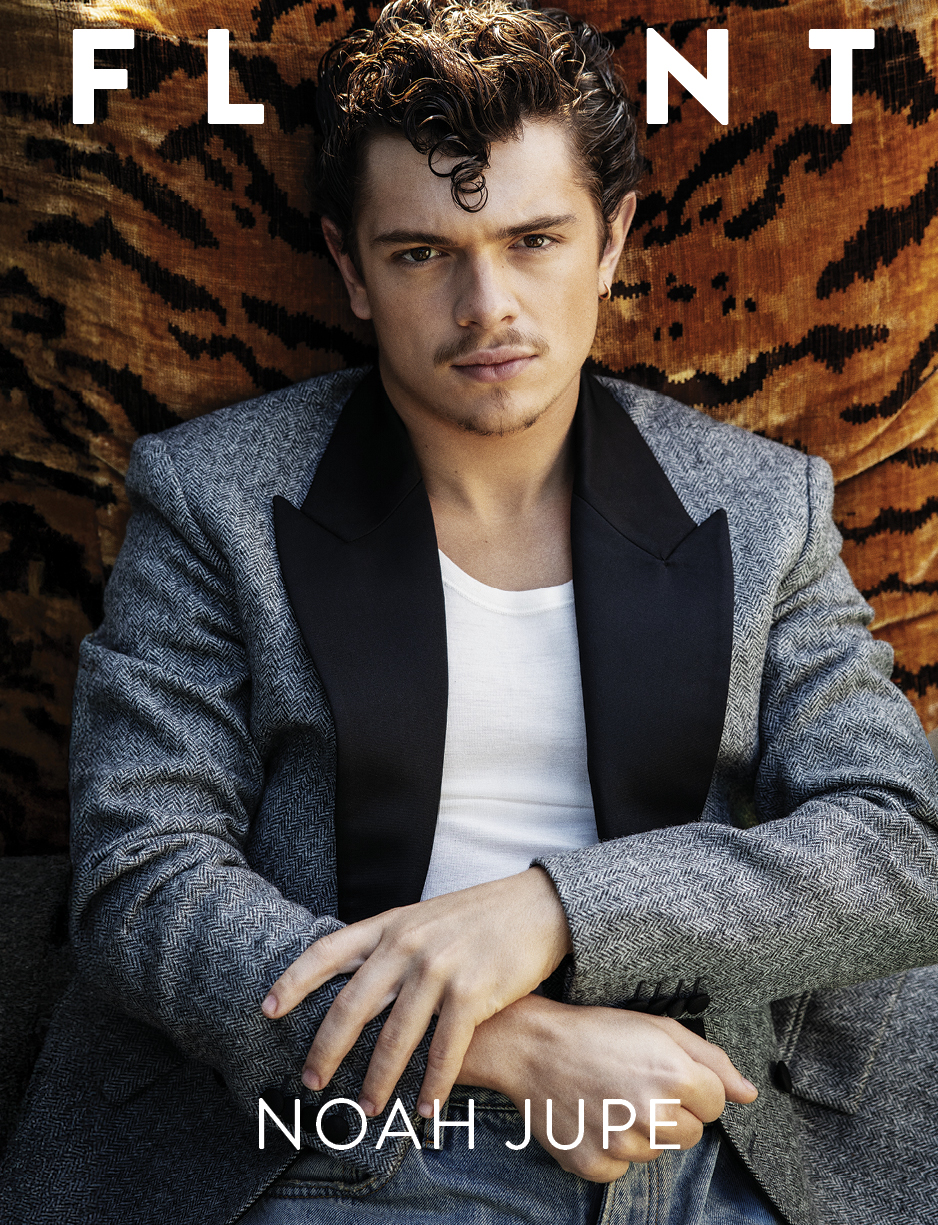
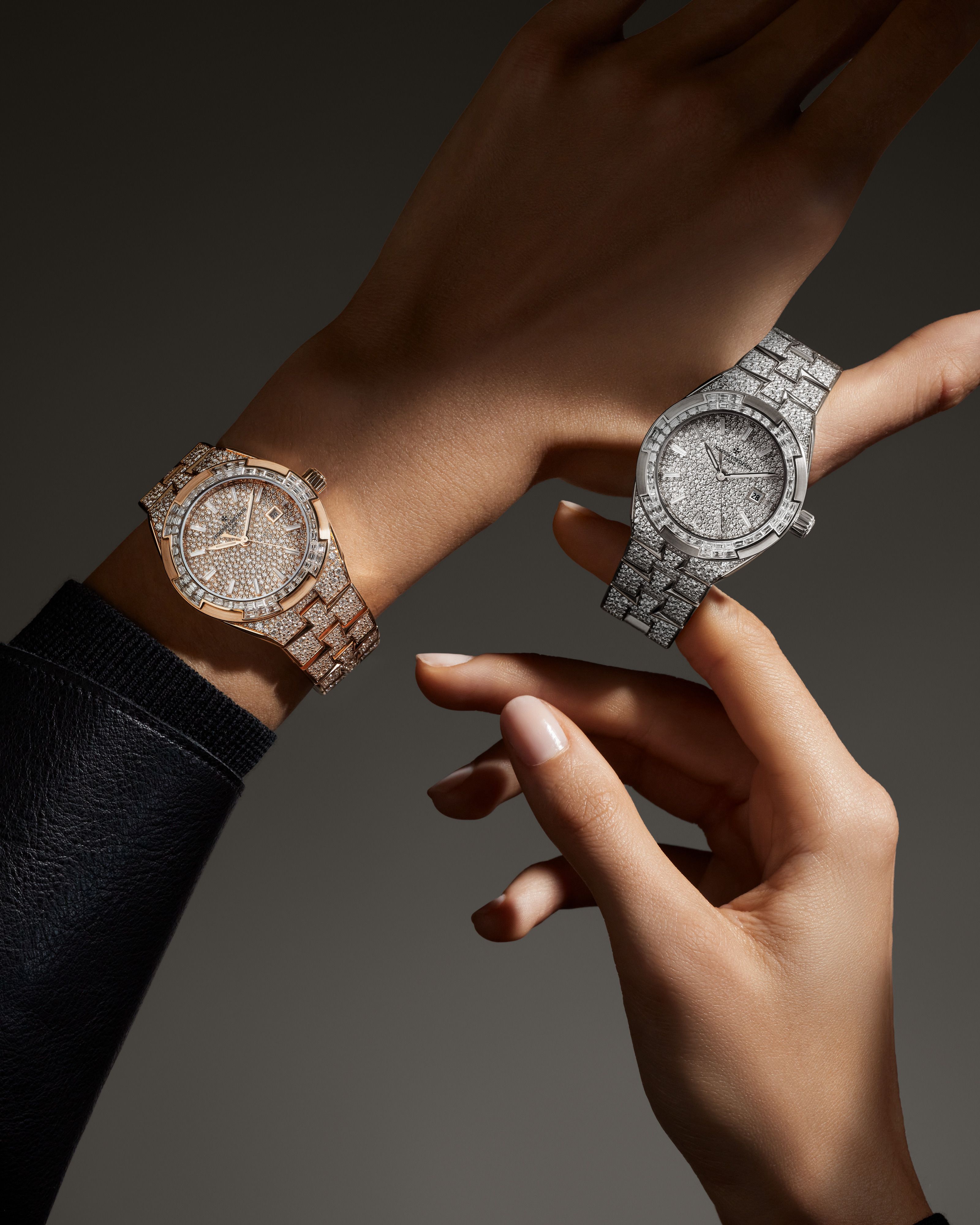

.JPG)
.jpg)
